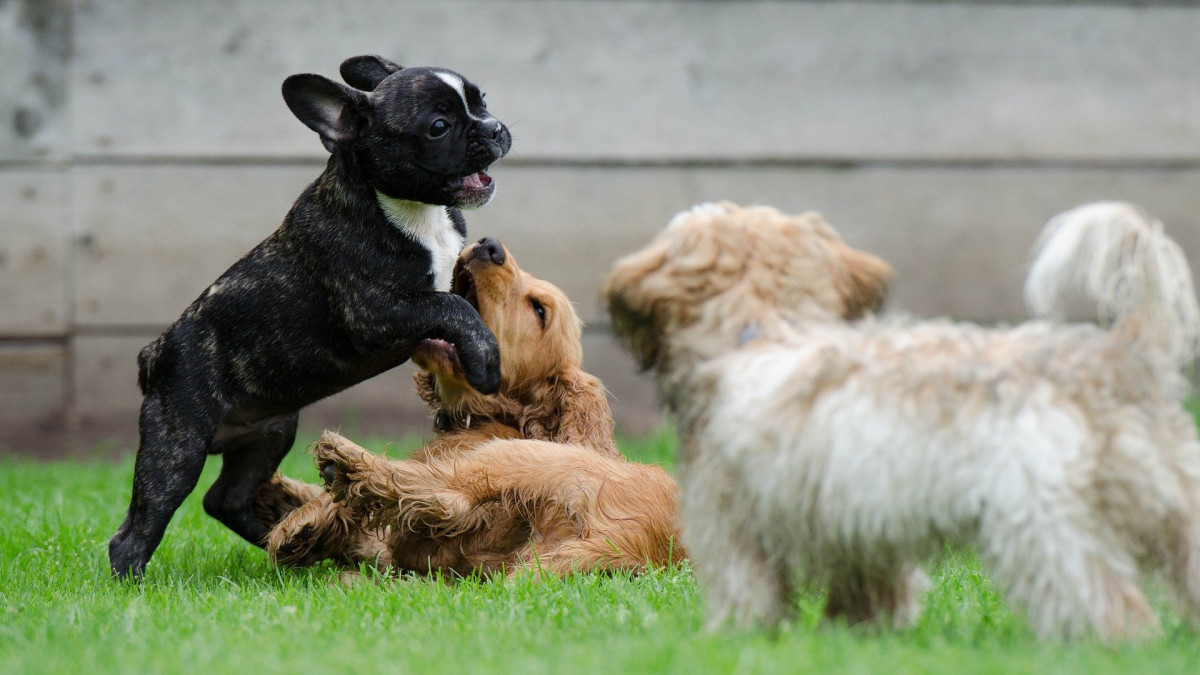Puppy socialisation and what it really means

Socialisation is simply how friendly your dog is, right?
A 'good' dog has been well socialised and a 'bad' dog hasn't?
If this is true, does that mean the puppies born during the pandemic are set up to be badly behaved because they haven't been able to meet a variety of people and dogs? And once your puppy enters adulthood have they missed their chance at socialisation?
Although socialisation may sound scary and complex it's actually a lot simpler than we think. A more accurate way to define socialisation would be:
A biologically determined period from 3 (ish) weeks to 16 (ish) weeks known as the critical socialisation period
This stage in a puppy’s development is flexible and they will go through this period at different speeds, however the two main stages are:
The Primary socialisation period (around 3-7 weeks) is when the puppy learns intraspecific / same-species skills and should not be removed from their mother or littermates.
The Secondary socialisation period (around 8-16 weeks) is when the puppy learns interspecific/other species skills e.g., humans, cats, birds etc.
If your dog has passed the critical socialisation period, we can still expose them to experiences in a positive way. Socialisation outside of this developmental stage is known as positive proactive socialisation – the process of exposing puppies older than 16 weeks, adult dogs, and senior dogs to novel environmental and social stimuli in a positive, favourable way. Why? Because it empowers dogs to confidently approach situations and prevents fearful, aggressive and/or reactive behaviour. This is achieved by pairing new things with good things.

For this learning experience to be successful, exposure MUST be done at the dog’s pace in a positive and supportive manner. A great way to understand if this process is going well is by reading your dog's body language.
What should a dog be exposed to?
Positive exposure to things your dog will encounter during their life is vast and there is no rush to tick off everything as quickly as possible as this can often overwhelm your dog and make them more fearful.
A rough guide to socialisation can be broken down into the following categories:
- People
- Experiences
- Sounds
- Smells
- Being touched
- Grooming
- Surfaces
- Objects
- Places
Top tips for successful socialisation
- Have treats and toys on hand when there is a socialisation opportunity
- Give you dog time to get comfortable in the new environment by starting a distance away from all the action
- Let your dog sniff, this is how your dog gathers information and will help them become more relaxed in their surroundings
- Observe your dog’s body language – if you see stress signs, help your dog by making the experience less intense e.g. increasing distance from stimuli
- Let your dog decide whether to approach a new dog (always ask the dog owner if it’s ok for your dog to say hi) and keep greetings short
- Let your dog decide whether to approach a new person or child and observe your dog’s body language
- Avoid overwhelming your dog by exposing them to new experiences too quickly, keep sessions short, at low exposure and slow
Categories: : puppy training
Want support with your dog's problem behaviour?
Complete the history form or get in touch if you have questions
 Rachel Williams
Rachel Williams 
